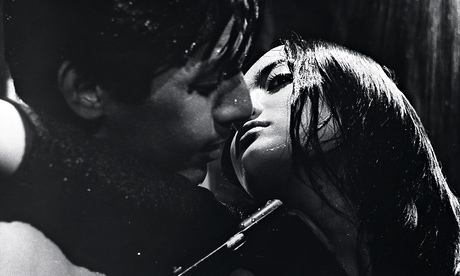
Seijun Suzuki's Branded to Kill is a very 1960s metaphysical thriller, a cult item treasured by connoisseurs as the kind of film that – for all its delirious craziness – could even be a truer product of Japan than the higher artefacts of Ozu and Kurosawa. It is an erotic and dreamlike pulp noir, and its disdain for any sort of conventional plot infuriated the director's employers at the Nikkatsu studio. Jô Shishido is Hanada, a hired killer with a sexual fetish for the smell of boiled rice; a bungled job brings him into mysterious contact with Misako (Anne Mari), a woman who hires him for three hits. He becomes obsessed with her, and finds himself in a duel with the legendary top killer, the No 1 (Kôji Nanbara). The obvious comparisons are with Melville's Le Samouraï or Godard's Pierrot le Fou – this film holds up against these perfectly well – with hints of John Boorman's Point Blank and Patrick McGoohan's The Prisoner. It is, however, closer to Luis Buñuel in its gleefully disquieting insistence on sudden horrific closeups: the glass eye removed from the skull, the bullet hole, the bleeding head in the toilet bowl. Where Godard had his jump-cut, Suzuki has his disorientating ellipses, his sudden dreamlike time-slips. Genuinely fascinating and bizarre.

